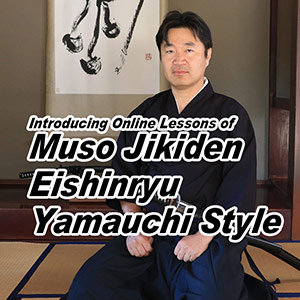New Meiji Government v.s. Old Tokugawa Government
Commanders:
Meiji Army: Itagaki Taisuke. Ichiji Masaharu.
Aizu: Saigo Tanomo. Otori Keisuke. Saito Hajime.
The battle of Aizu is one of the biggest battle scenes of Boshin War in 1868. It is the last page of Meiji Restoration before Hakodate. It was happened between Aizu domain and new Meiji Government which are mostly Chosyu and Satsuma domain. During the Meiji Restoration, Aizu was always the biggest enemy for Ishin-Shishi, such as Sakamoto Ryoma. Especially, Aizu was the sponsor of Shinsengumi, the Union of Satsuma and Chosyu fought many times Aizu. Saito Hajime, one of the last commenders of Shinsengumi join Aizu and fought against the new government.
In January 1868, Aizu and Tokugawa Government lost at the battle of Toba-Fushimi. In March, Edo castle was surrendered to the new government. The time of Tokugawa was over. However, all of Tohoku Daimyo, the former government, made a union to fight against the new government. It was called Ouetsureppan Union.
In June, Shirakawa castle was defeated by the new government. This meant that the gate to the Tohoku region was open. In September, Nihonmatsu Castle was defeated, then finally, Aizu was completely isolated from others.
Aizu announced the declaration of a state of emergency and asked all people to join this battle. All men joined Aizu army and teenagers were assembled. This teenager's force was the famous Byakko-Tai.
As soon as, Nihonmatsu Castle was defeated, Aizu placed the defense forces to all entrances to Aizu. In October 6, the new government attacked Bonari Pass which is located north entrance to lake Inawashiro. Itagaki Taisuke and Ichiji Masaharu lead the 2,000 of the army of new government. Saito Hajime lead Shinsengumi to protect this pass. However, because Aizu had only 700 soldiers against 2,000, and Itagaki had new western weapons, Aizu couldn't not hold this place.
Saito escaped to lake Inawashiro and met Hijikata, the chief commender of Shinsengumi. Hijikata was injured in previous battle and having medical treatment at Aizu. Hijikata decided to retreat to North. Saido decided to stay at Aizu and fight against the new government as the last Samurai.
After Itagaki passed Bonari pass, Aizu sent Byakko-tai to protect the border of Aizu.
In October 8, the last fortress, Jurokubashi bridge, was defeated, and next day, Itagaki attack the city of Aizu.
Aizu decided to besieged at Wakamatsu Castle and waited the help form other member of the Unio. 20 member of Byakko-tai came back from Inawashiro, but they were late and couldn't join the castle. The castle was already surrounded by the new government army. They realized that whatever they did, they would lose and captured as the prisoners. They decided to do Seppuku because as the proud Aizu Samurai, being war prisoners and losing the proud of Aizu were unacceptable. Iinuma Sadakichi one of Byakko-tai members, survived and told the tragedy of Byakko-tai, later.
Another tragedy was that most of women of Aizu Samurai committed suicide with the same reason of Byakko-tai. Over 200 women and children died. At the house of the chief Karo, Saigo Tanomo, 21 people committed suicide, too. Wakamatsu castle kept for a month, but other members of the Union surrendered. In November 6, Aizu finally surrendered to the new government.
Aizu samurai were treated as the political criminals and sent to Shimiokita peninsula. Because Aizu became the political criminals, the dead bodies were not even allowed to bury to graves. Their bodies were left over 6 months, and finally buried at Chomeiji Temple and Amidaji Temple. Saito Hajime stayed and fought at Wakamatsu Castle. Later, he lived until the end of Meiji period and also buried at Amidaji Temple.
The battle of Aizu is one of the biggest tragedy happened at the end of Samurai era. If you are big fan of the era of Meiji Restoration and Shinsengumi, you must visit Aizu-Wakamatsu and realize that its history is not an interesting story, but it is the tragedy made of the negative aspects of Samurai era.






